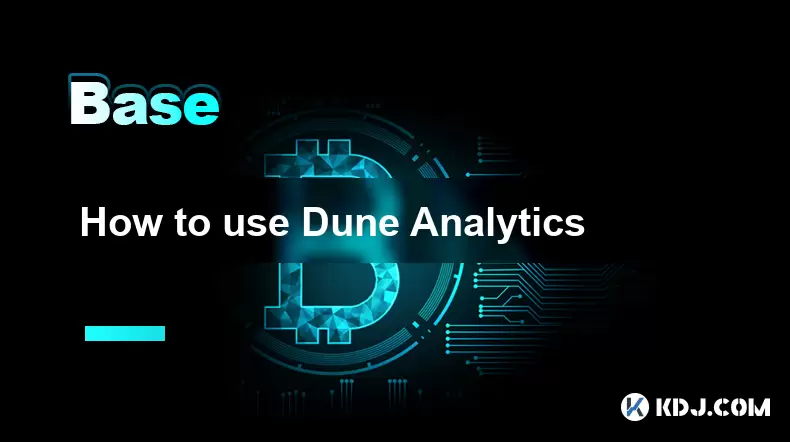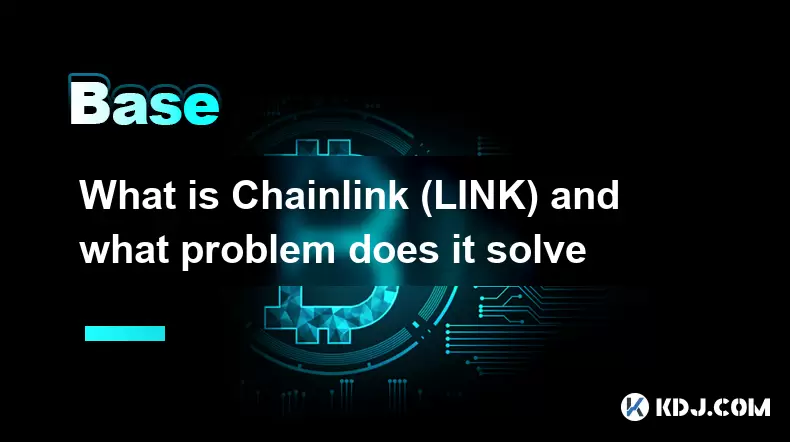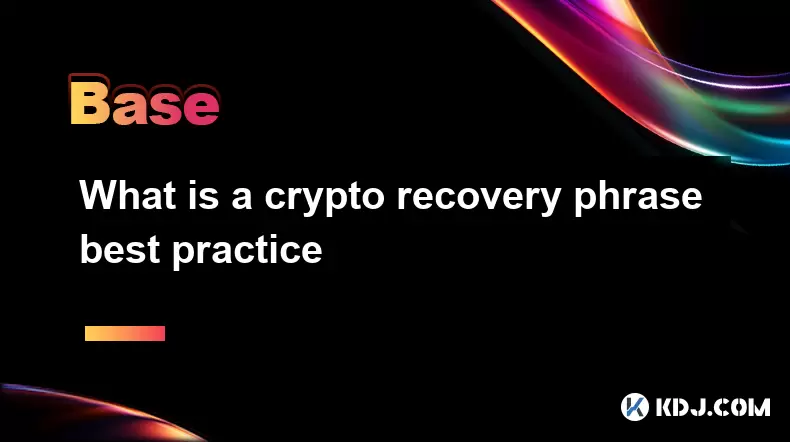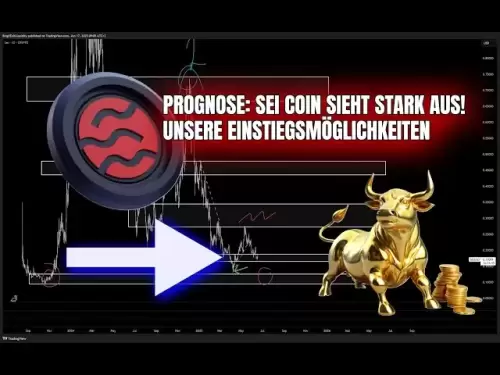-
 Bitcoin
Bitcoin $117,784.8122
6.03% -
 Ethereum
Ethereum $2,985.4492
7.49% -
 Tether USDt
Tether USDt $1.0002
-0.01% -
 XRP
XRP $2.6273
7.19% -
 BNB
BNB $688.8144
2.80% -
 Solana
Solana $164.1797
4.18% -
 USDC
USDC $0.9999
-0.01% -
 Dogecoin
Dogecoin $0.1989
10.08% -
 TRON
TRON $0.2961
2.12% -
 Cardano
Cardano $0.7259
15.27% -
 Hyperliquid
Hyperliquid $45.6326
10.22% -
 Sui
Sui $3.5222
9.17% -
 Chainlink
Chainlink $15.4621
7.77% -
 Bitcoin Cash
Bitcoin Cash $523.2404
1.57% -
 Stellar
Stellar $0.3163
8.13% -
 Avalanche
Avalanche $21.0098
7.48% -
 Hedera
Hedera $0.2044
14.78% -
 UNUS SED LEO
UNUS SED LEO $8.9812
0.11% -
 Shiba Inu
Shiba Inu $0.0...01346
7.75% -
 Toncoin
Toncoin $2.9763
3.02% -
 Litecoin
Litecoin $95.6221
5.22% -
 Polkadot
Polkadot $3.9508
7.50% -
 Monero
Monero $326.6734
1.59% -
 Uniswap
Uniswap $8.9185
8.19% -
 Dai
Dai $0.9999
-0.02% -
 Pepe
Pepe $0.0...01271
14.28% -
 Ethena USDe
Ethena USDe $1.0006
-0.03% -
 Bitget Token
Bitget Token $4.5228
2.14% -
 Aave
Aave $314.1302
6.41% -
 Pi
Pi $0.4909
0.64%
How to use Dune Analytics
Dune Analytics is an open-source platform that lets users query, analyze, and visualize blockchain data using SQL.
Jul 11, 2025 at 06:01 pm

What Is Dune Analytics?
Dune Analytics is a powerful open-source platform that enables users to query, analyze, and visualize blockchain data. It allows anyone with basic SQL knowledge to interact directly with blockchain datasets. The platform aggregates data from various blockchains such as Ethereum, Polygon, Optimism, and more. Users can create dashboards, write custom queries, and share insights with the community.
Unlike traditional analytics tools, Dune provides direct access to raw blockchain data, making it an essential tool for developers, researchers, and analysts. Whether you're tracking token transfers, analyzing DeFi protocols, or monitoring NFT activity, Dune offers a flexible environment to explore on-chain behavior.
Setting Up Your Dune Analytics Account
To begin using Dune Analytics, you need to create an account. Visit the official Dune Analytics website and sign up using your email address or GitHub credentials. Once registered, you’ll gain access to a vast library of existing queries and dashboards created by other users.
After logging in, navigate to your profile settings to customize your preferences. You can connect your wallet to verify ownership of on-chain identities or projects. This step isn’t mandatory but can enhance your experience when sharing work related to specific smart contracts or tokens.
Writing and Executing Queries
The core functionality of Dune Analytics revolves around writing and executing SQL-based queries on blockchain datasets. To start, click on the "New Query" button. You'll be taken to an editor where you can input your SQL code.
For example, if you want to find all transactions involving a specific ERC-20 token, you would query the relevant contract’s transfer events table. Use the SELECT statement to choose which columns to display, and filter results using the WHERE clause. Make sure to reference the correct schema and table names available in the Dune database explorer.
Once your query is ready, click "Run Query" to execute it. Depending on the complexity and dataset size, this may take a few seconds. The results will appear below, and you can further refine your query based on these outputs.
Creating Dashboards and Visualizations
After running successful queries, the next step is to organize them into interactive dashboards. Dashboards allow you to combine multiple query results into a single view, complete with charts, tables, and descriptions.
To create a dashboard, go to the "Dashboards" section and select "New Dashboard." Give it a meaningful name and description. Then, use the "+" icon to add panels. Each panel corresponds to a query result, which can be visualized as a bar chart, line graph, pie chart, or table.
Customize each visualization by selecting the appropriate chart type and adjusting parameters like time range or aggregation method. Dashboards are particularly useful for tracking trends over time, comparing metrics across different protocols, or presenting findings to others in a clear format.
Exploring Community Contributions
One of the most valuable aspects of Dune Analytics is its thriving user community. Many experienced users publish their queries and dashboards publicly, covering topics ranging from gas usage analysis to yield farming performance.
Browse through the "Explore" section to discover shared content. Clicking on a query lets you view the underlying SQL code, which you can copy and modify for your own purposes. Similarly, dashboards often include detailed annotations that explain how data was gathered and interpreted.
You can also follow contributors whose work aligns with your interests. Engaging with community content accelerates learning and helps uncover new ways to approach blockchain data analysis.
Frequently Asked Questions (FAQ)
1. Can I schedule automatic updates for my Dune Analytics dashboards?
Yes, Dune supports scheduled refreshes for dashboards. In the dashboard settings, you can configure how often the data should update automatically. This feature ensures that your dashboards remain current without manual intervention.
2. How do I export query results or dashboard visuals from Dune Analytics?
Query results can be exported in CSV, JSON, or Excel formats by clicking the download icon. For dashboards, you can take screenshots or use browser extensions to capture visuals. Some premium plans offer enhanced export capabilities.
3. Are there any limitations on the number of queries or dashboards I can create?
Free accounts have certain limits on compute resources and storage, but they allow for a reasonable number of queries and dashboards. Paid plans provide additional capacity and faster execution times for heavy users.
4. How accurate is the data provided by Dune Analytics?
Dune pulls data directly from blockchain explorers and verified sources, ensuring high accuracy. However, discrepancies can occur due to delays in indexing or incorrect assumptions in query logic. Always validate critical findings independently.
Disclaimer:info@kdj.com
The information provided is not trading advice. kdj.com does not assume any responsibility for any investments made based on the information provided in this article. Cryptocurrencies are highly volatile and it is highly recommended that you invest with caution after thorough research!
If you believe that the content used on this website infringes your copyright, please contact us immediately (info@kdj.com) and we will delete it promptly.
- Bitcoin Blasts Past $118K: Rally, Record Highs, and What's Next
- 2025-07-12 00:50:11
- Crypto Coins in 2025: ROI Potential and Real-World Utility
- 2025-07-12 01:30:11
- Ethena (ENA) on Fire: Bullish Signals and Weekly Gains You Can't Ignore!
- 2025-07-12 01:30:11
- PENGU Meme Coin Rally: Is This Just the Beginning?
- 2025-07-12 00:55:12
- Bitcoin Solaris: Revolutionizing Crypto with Blockchain Innovation and Mobile Mining
- 2025-07-12 00:30:11
- Bitcoin's New High: Crypto Week, Tariffs, and the Altcoin Surge
- 2025-07-12 01:00:11
Related knowledge

What is the Bitcoin dominance index
Jul 11,2025 at 04:29am
What is the Bitcoin Dominance Index?The Bitcoin Dominance Index is a metric used to gauge Bitcoin's market capitalization relative to the total market...

What is Nansen ai
Jul 11,2025 at 03:42am
What is Nansen AI?Nansen AI refers to the integration of artificial intelligence technologies into the Nansen platform, which is primarily known for i...

How to use Dune Analytics
Jul 11,2025 at 06:01pm
What Is Dune Analytics?Dune Analytics is a powerful open-source platform that enables users to query, analyze, and visualize blockchain data. It allow...

What is Chainlink (LINK) and what problem does it solve
Jul 11,2025 at 12:21pm
What is Chainlink (LINK)?Chainlink is a decentralized oracle network designed to connect smart contracts with real-world data and external systems. Sm...

What is Chainlink (LINK) and what problem does it solve
Jul 11,2025 at 03:50pm
Understanding Chainlink (LINK)Chainlink is a decentralized oracle network that enables smart contracts on blockchain platforms to securely connect wit...

What is a crypto recovery phrase best practice
Jul 11,2025 at 05:56am
Understanding the Role of a Crypto Recovery PhraseA crypto recovery phrase, also known as a seed phrase or mnemonic phrase, is a sequence of words gen...

What is the Bitcoin dominance index
Jul 11,2025 at 04:29am
What is the Bitcoin Dominance Index?The Bitcoin Dominance Index is a metric used to gauge Bitcoin's market capitalization relative to the total market...

What is Nansen ai
Jul 11,2025 at 03:42am
What is Nansen AI?Nansen AI refers to the integration of artificial intelligence technologies into the Nansen platform, which is primarily known for i...

How to use Dune Analytics
Jul 11,2025 at 06:01pm
What Is Dune Analytics?Dune Analytics is a powerful open-source platform that enables users to query, analyze, and visualize blockchain data. It allow...

What is Chainlink (LINK) and what problem does it solve
Jul 11,2025 at 12:21pm
What is Chainlink (LINK)?Chainlink is a decentralized oracle network designed to connect smart contracts with real-world data and external systems. Sm...

What is Chainlink (LINK) and what problem does it solve
Jul 11,2025 at 03:50pm
Understanding Chainlink (LINK)Chainlink is a decentralized oracle network that enables smart contracts on blockchain platforms to securely connect wit...

What is a crypto recovery phrase best practice
Jul 11,2025 at 05:56am
Understanding the Role of a Crypto Recovery PhraseA crypto recovery phrase, also known as a seed phrase or mnemonic phrase, is a sequence of words gen...
See all articles

























































































